Introduction - Why Outdoor/Adventure Watches Are Different
Outdoor and adventure watches are specifically engineered to withstand extreme conditions and provide essential tools for exploration. Unlike everyday watches that prioritize style and basic timekeeping, adventure watches combine durability with advanced navigation and survival features that can be crucial in remote environments.
Did You Know?
Modern adventure watches can track your location, monitor altitude, predict weather changes, and even send emergency signals - making them essential companions for serious outdoor enthusiasts.
Key Features Explained
Understanding the core features of adventure watches helps you choose the right tool for your outdoor activities. Here are the three most critical components:
Compass - Essential Navigation Tool
The built-in compass is one of the most valuable features for hikers and adventurers. Unlike smartphone compasses that drain battery and require signal, watch compasses work anywhere, anytime.
Why Compass Matters:
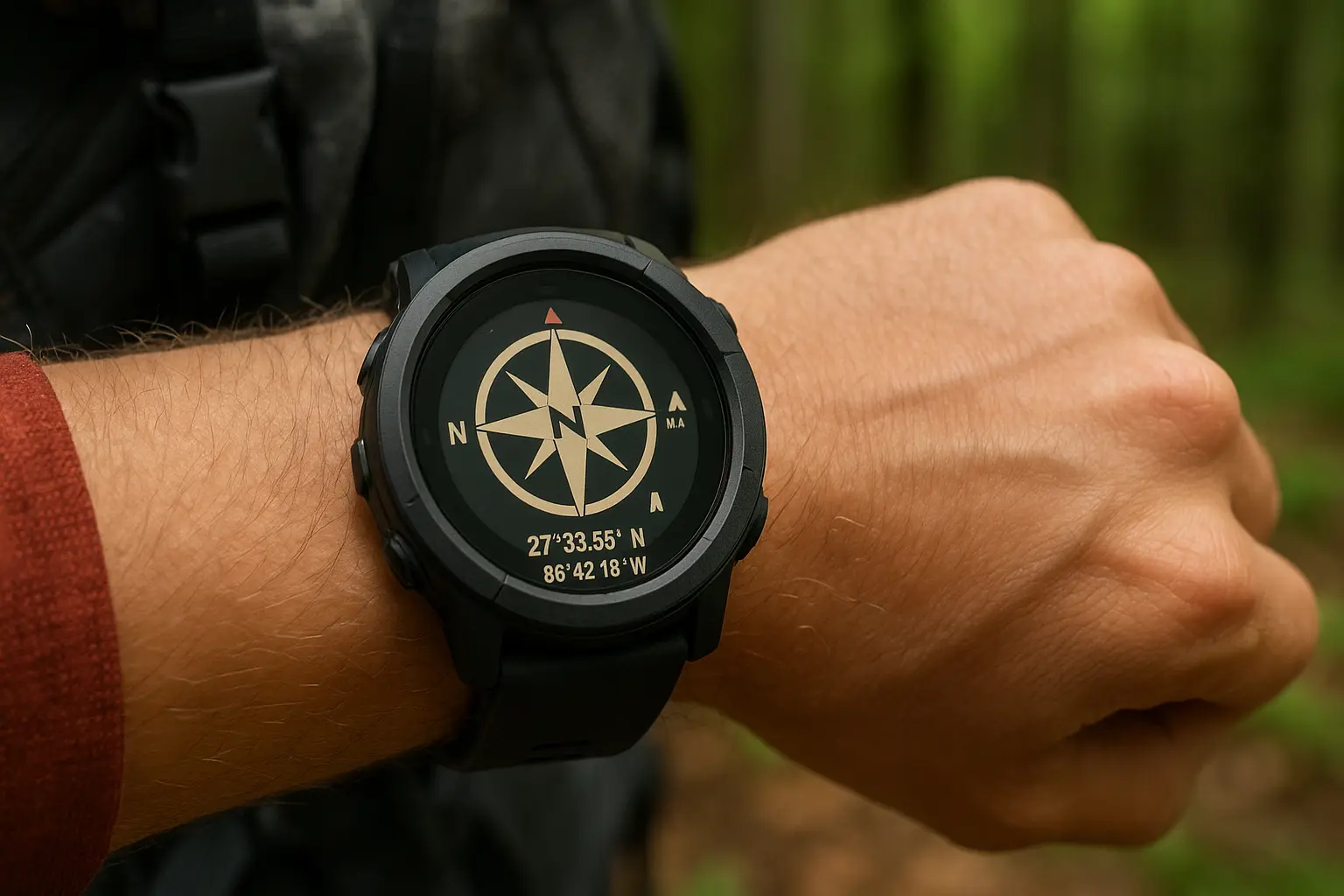
- No Signal Required: Works in remote areas without cellular coverage
- Battery Efficient: Uses minimal power compared to GPS
- Emergency Navigation: Critical for finding direction when lost
- Route Planning: Helps maintain bearing during hikes
GPS - Advanced Navigation & Fitness Tracking
GPS technology in adventure watches goes beyond simple location tracking. Modern watches offer sophisticated mapping, route recording, and performance analytics.
GPS Navigation Features
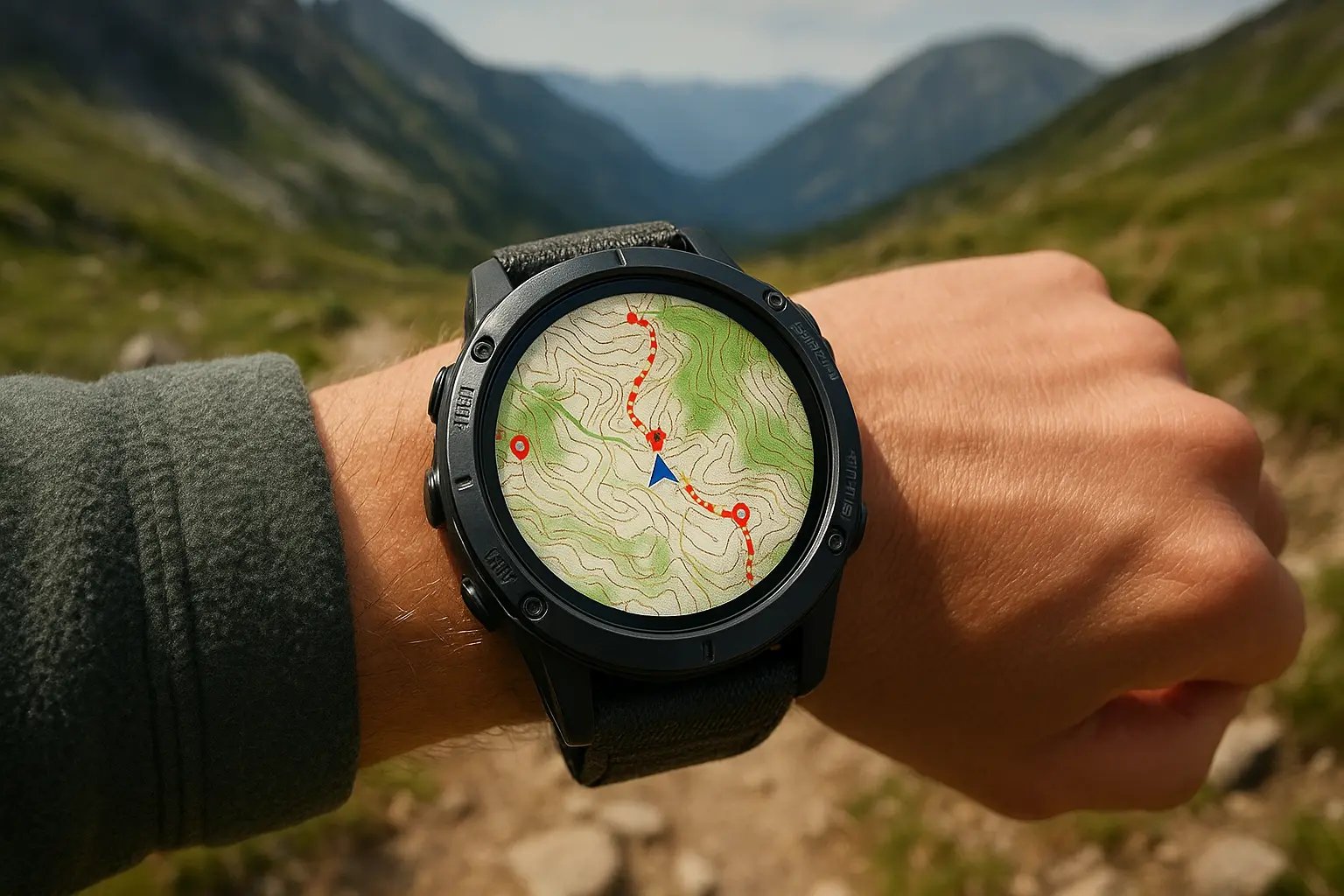
- Real-time position tracking
- Route mapping and backtracking
- Waypoint marking
- Distance and speed calculations
- Altitude and elevation data
Fitness Tracking Capabilities
- Heart rate monitoring
- Calorie expenditure
- Sleep quality analysis
- Activity duration and intensity
- Recovery time recommendations
Water-Resistance - Understanding the Levels
Water-resistance ratings can be confusing, but understanding them is crucial for choosing the right watch for your water-based activities.
Water-Resistance Standards:
💧 30 Meters (3 ATM)
Splash resistant only. Suitable for daily wear and accidental splashes.
💧💧 50 Meters (5 ATM)
Swimming approved. Can handle swimming and showering.
💧💧💧 100 Meters (10 ATM)
Snorkeling ready. Suitable for water sports and recreational diving.
🌊 200+ Meters (20 ATM)
Professional diving. Meets standards for scuba diving.
Important Note:
Water resistance decreases over time due to seal degradation. Have your watch pressure-tested annually if you regularly engage in water activities.
Who Needs These Watches?
Adventure watches serve specific purposes for different outdoor enthusiasts. Here's who benefits most from these specialized timepieces:
Hikers & Trail Runners
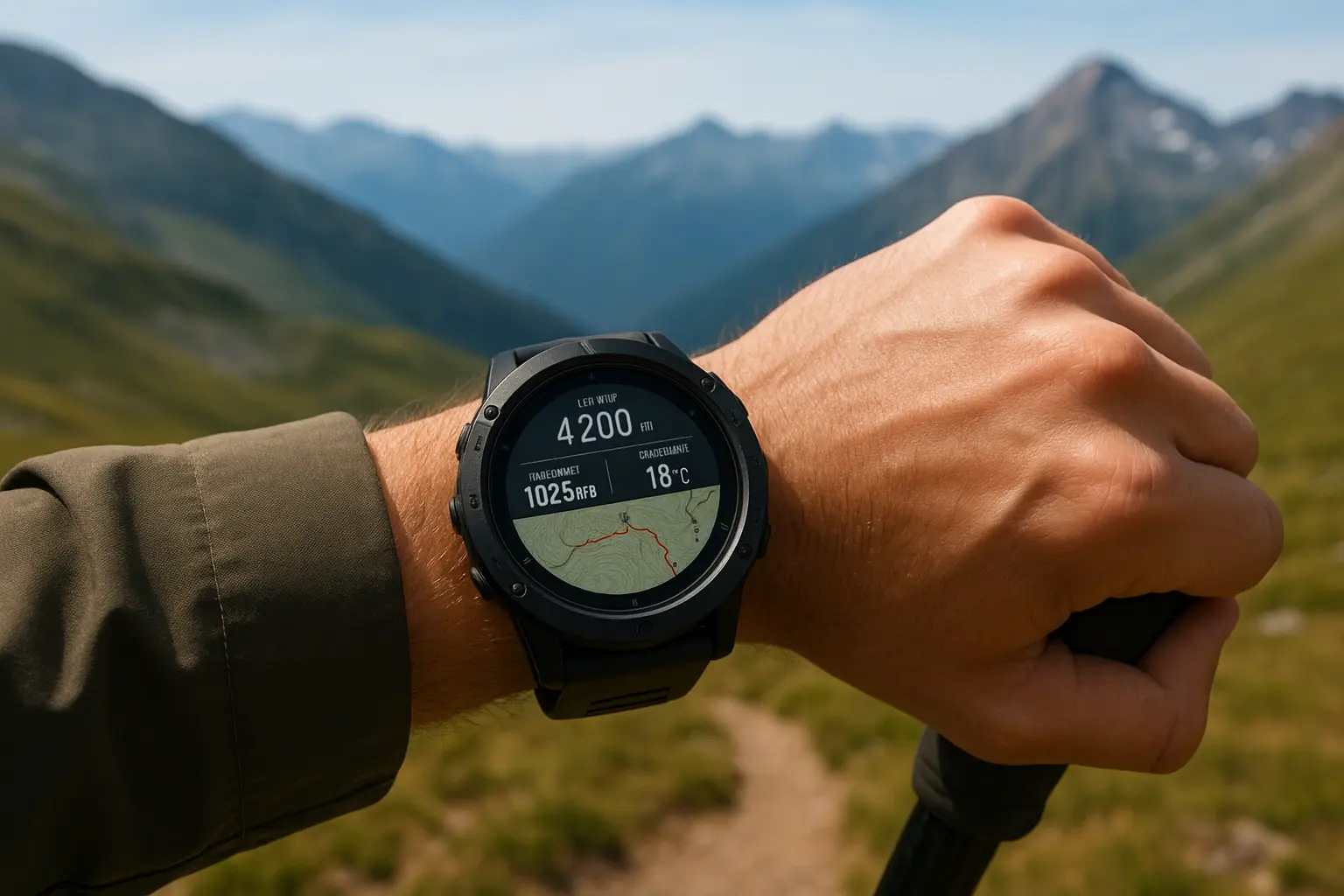
- Altimeter for elevation tracking
- Barometer for weather changes
- Long battery life for multi-day trips
- Sunrise/sunset times
Divers & Water Sports
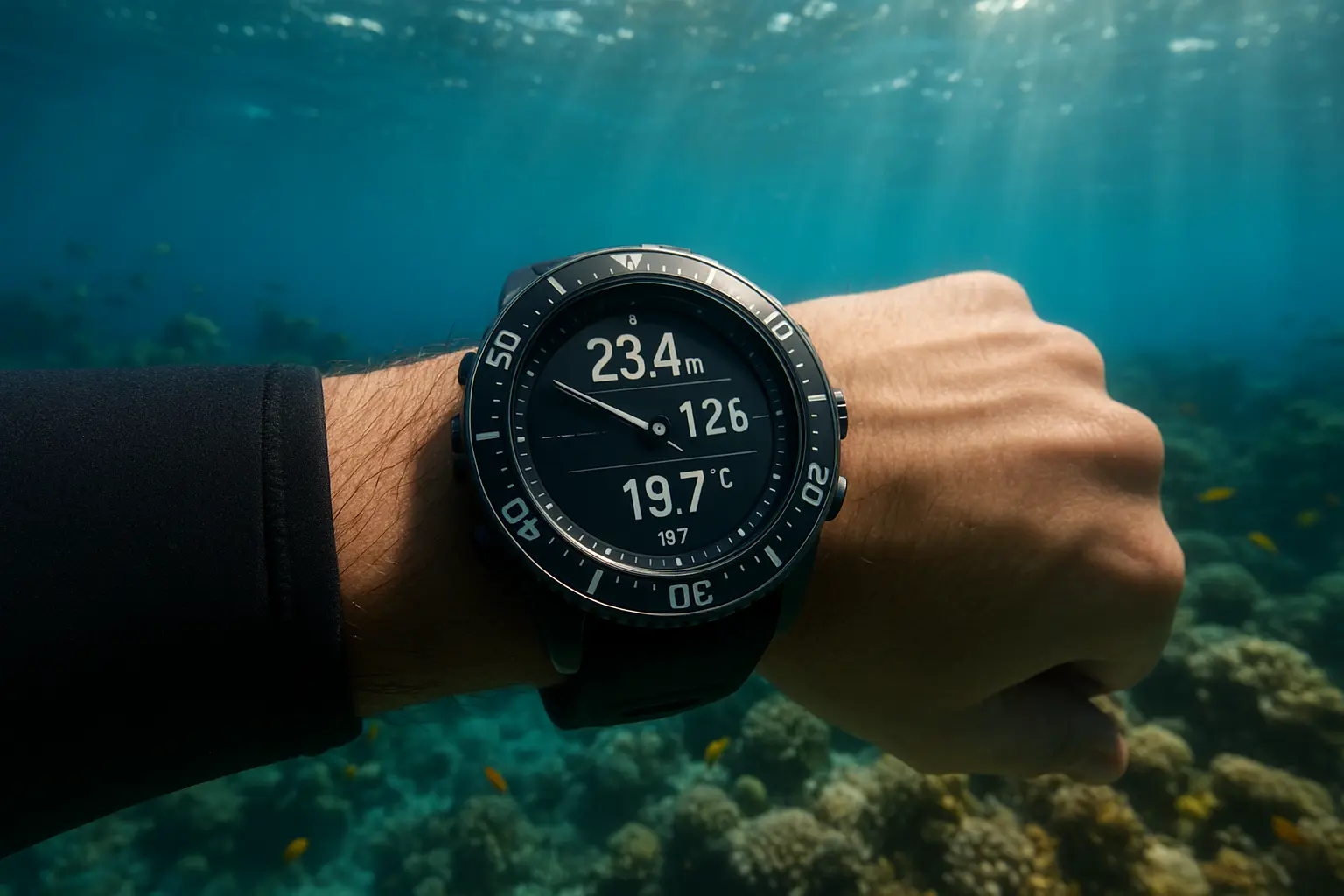
- Depth gauge and dive computer
- Water resistance 200m+
- Tide information
- Luminous displays for low light
Campers & Explorers
- Moon Phase Tracking: Plan activities around moonlight
- Temperature Sensors: Monitor environmental conditions
- Storm Alerts: Barometric pressure drop warnings
- Power Saving Modes: Extended battery for long trips
Sports Enthusiasts
- Multi-sport Tracking: Switch between activity types
- Performance Metrics: VO2 max, training load, recovery
- Smart Notifications: Stay connected during activities
- Music Control: Manage playlists without your phone
Tips for Choosing an Outdoor Watch
Selecting the right adventure watch requires considering your specific needs and activities. Follow these guidelines to make an informed decision:
⏱️ Battery Life
Consider how long you'll be away from power sources. GPS models typically last 10-20 hours in tracking mode, while basic models can run for months.
📱 Smart Features
Decide if you need smartphone connectivity, music storage, contactless payments, or other smart features that impact battery life.
⚖️ Weight & Comfort
Lighter watches are more comfortable for running and daily wear, while heavier models often have more features and better durability.
💰 Budget Considerations
Adventure watches range from $100 basic models to $1000+ premium devices with advanced sensors and materials.
Pro Tip:
Prioritize features you'll actually use. A hiker doesn't need dive computer functions, while a diver doesn't need advanced hiking maps. Choose based on your primary activities.
Conclusion
Outdoor and adventure watches have evolved from simple timekeeping devices to sophisticated survival tools. The combination of compass for basic navigation, GPS for advanced tracking, and appropriate water-resistance for your activities creates a reliable companion for any adventure.
When choosing your adventure watch, consider your specific needs, typical environments, and must-have features. Remember that the best watch is one you'll wear consistently and that enhances your outdoor experiences without complicating them.
Ready for Your Next Adventure?
Explore our collection of advanced outdoor watches featuring compass, GPS, and superior water-resistance technology.
Discover Adventure WatchesRelated Articles You Might Like
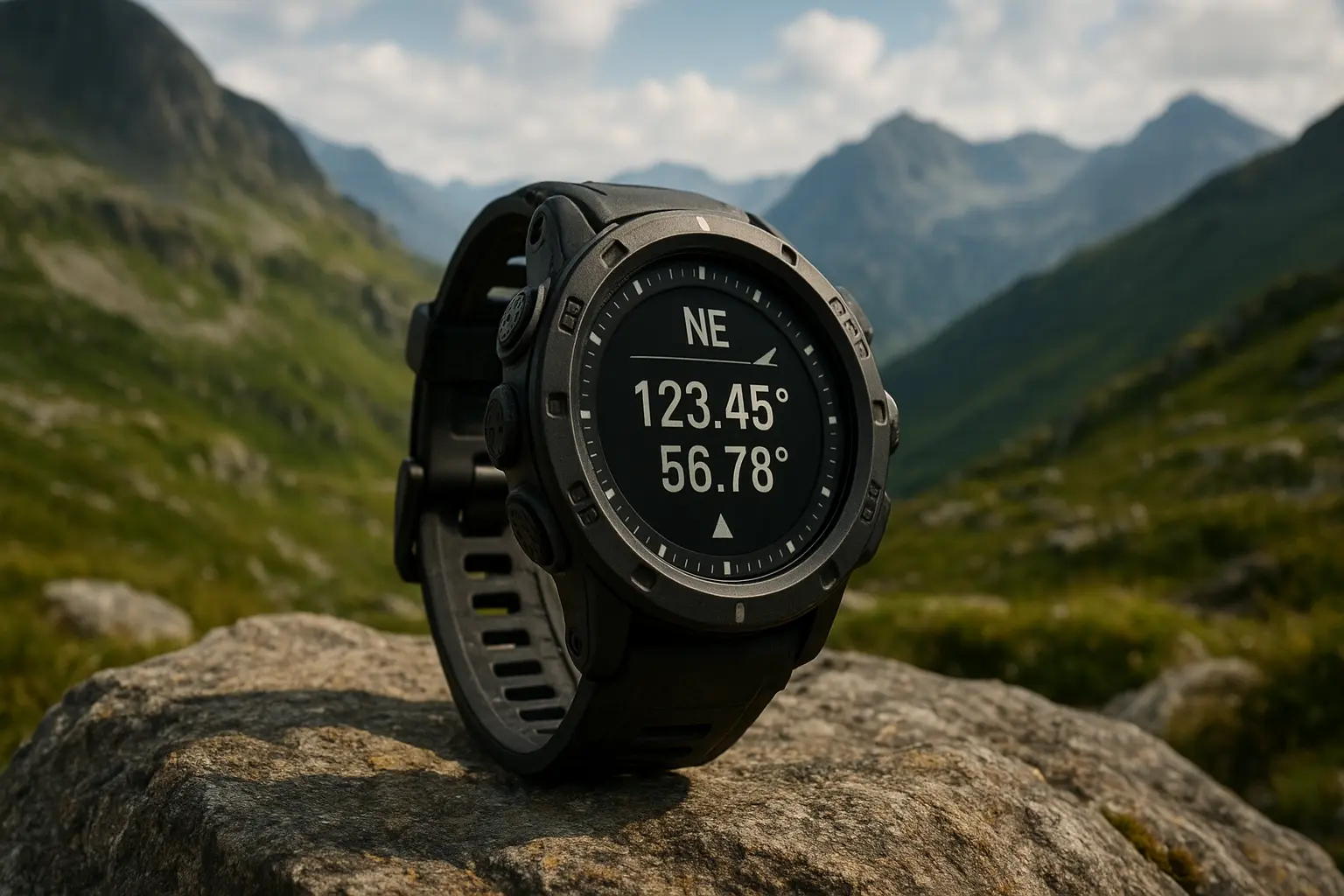
Complete guide to compass, GPS, and water-resistance features in adventure watches.
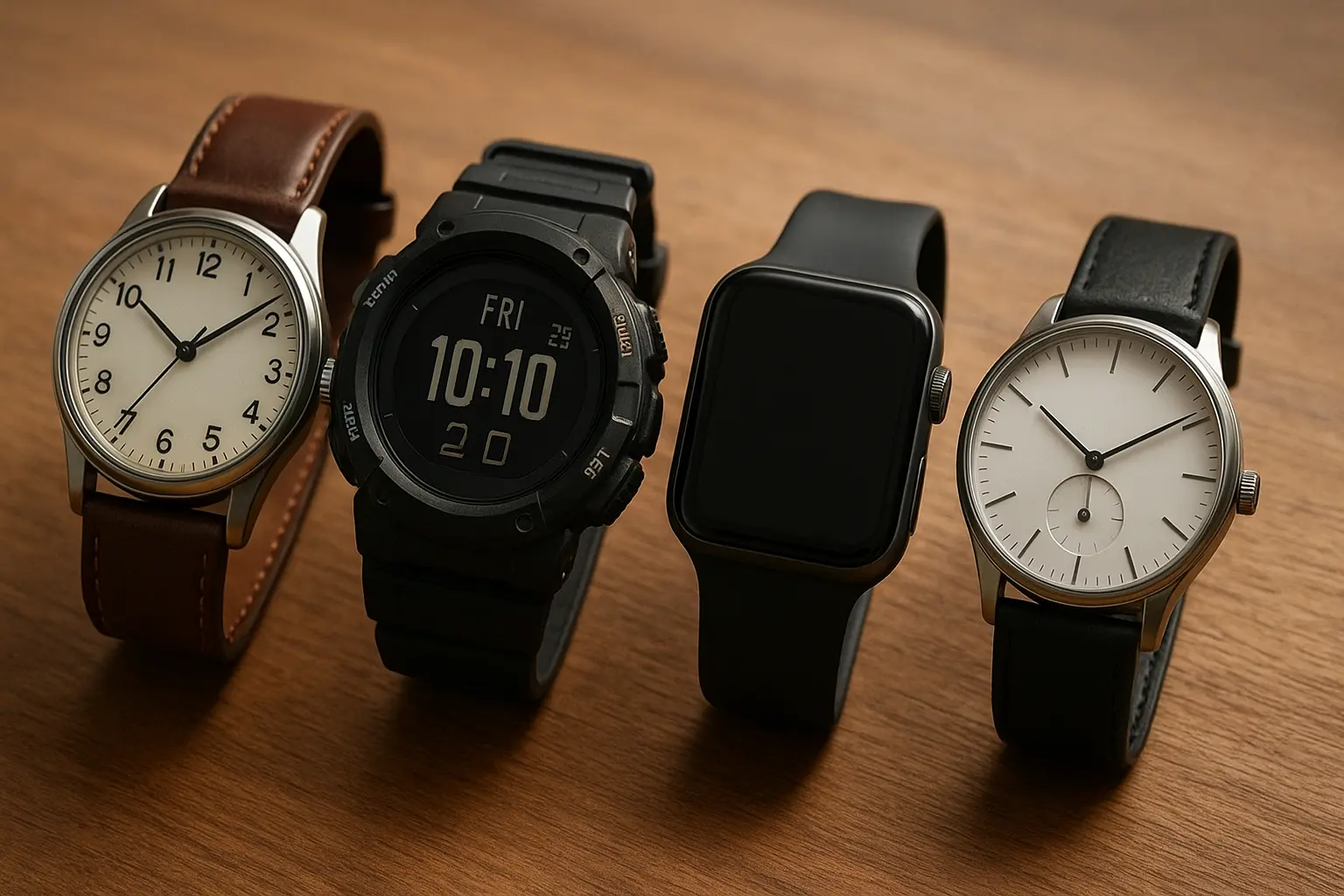
Understand the differences between various watch types and their best uses.

Expert tips for selecting watches that match your style and daily activities.
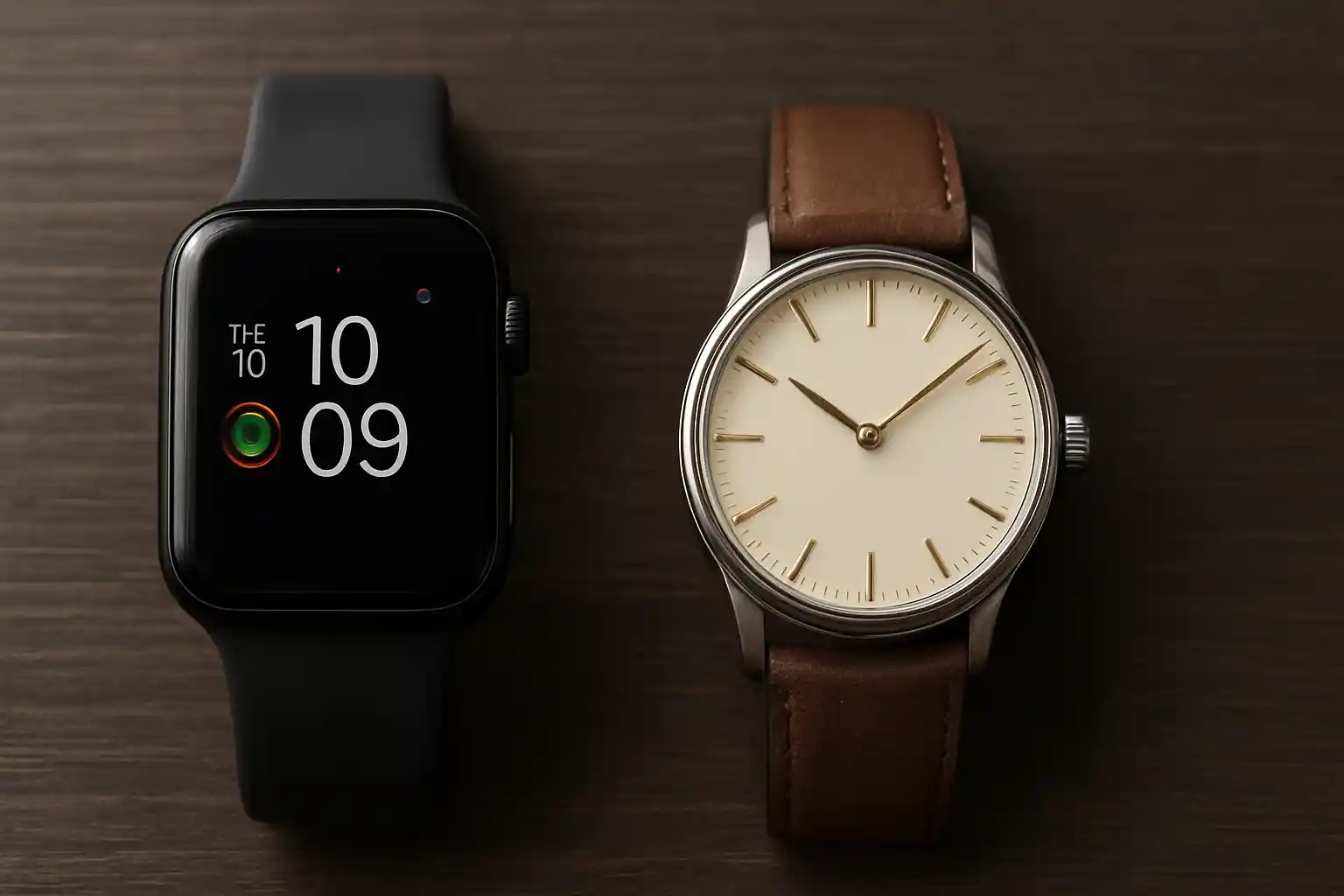
Comprehensive comparison to help you decide between smart and traditional timepieces.
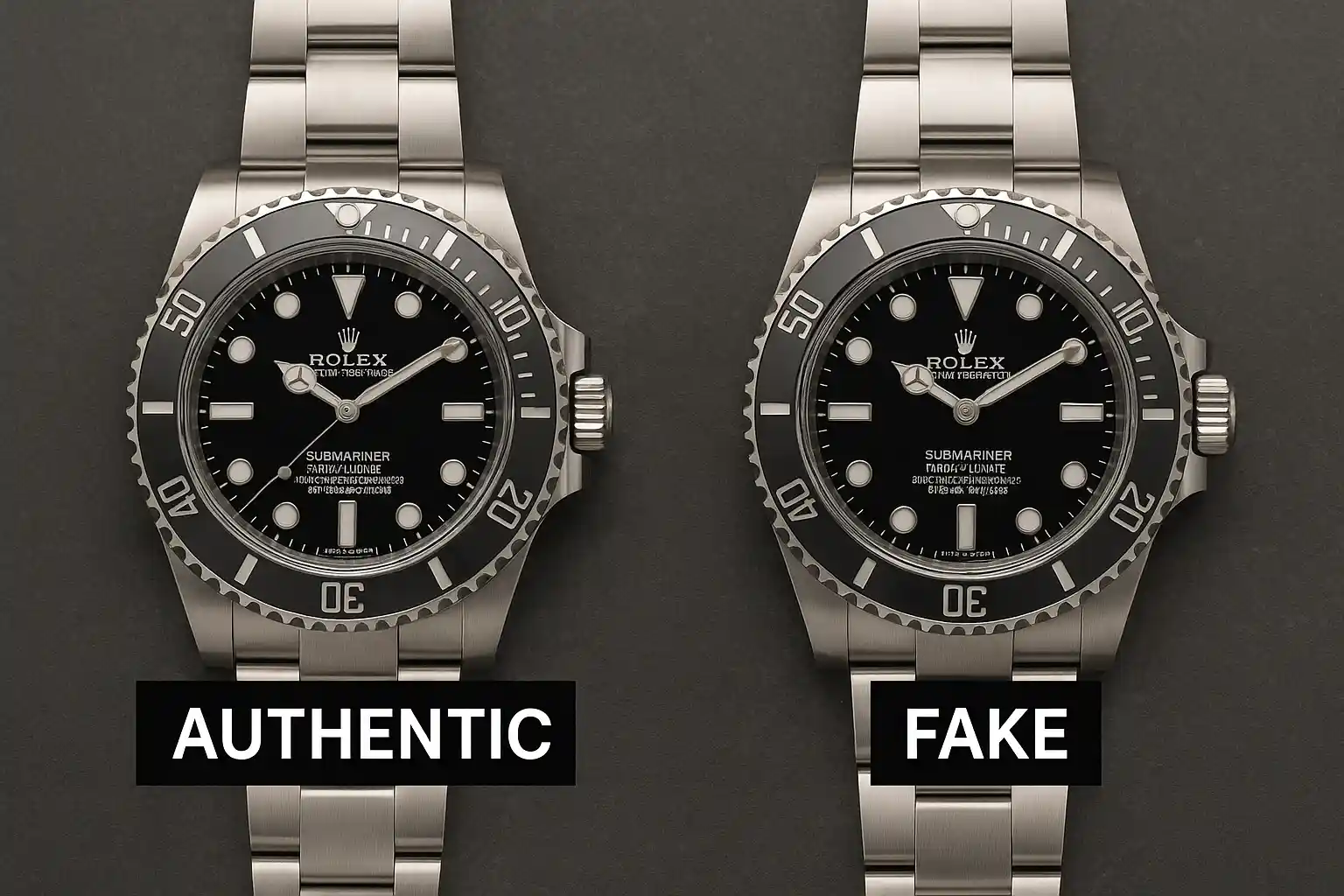
Learn the key indicators to identify genuine watches and avoid counterfeits.

Essential tips for secure online watch purchases and avoiding scams.
Join the Discussion
Share your thoughts or ask questions about this article
No comments yet. Be the first to start the discussion!











 Link copied successfully!
Link copied successfully!